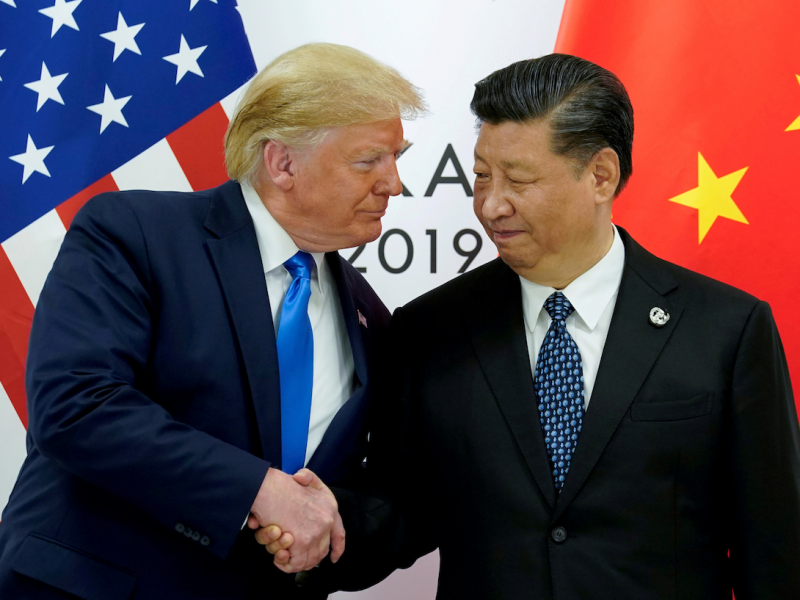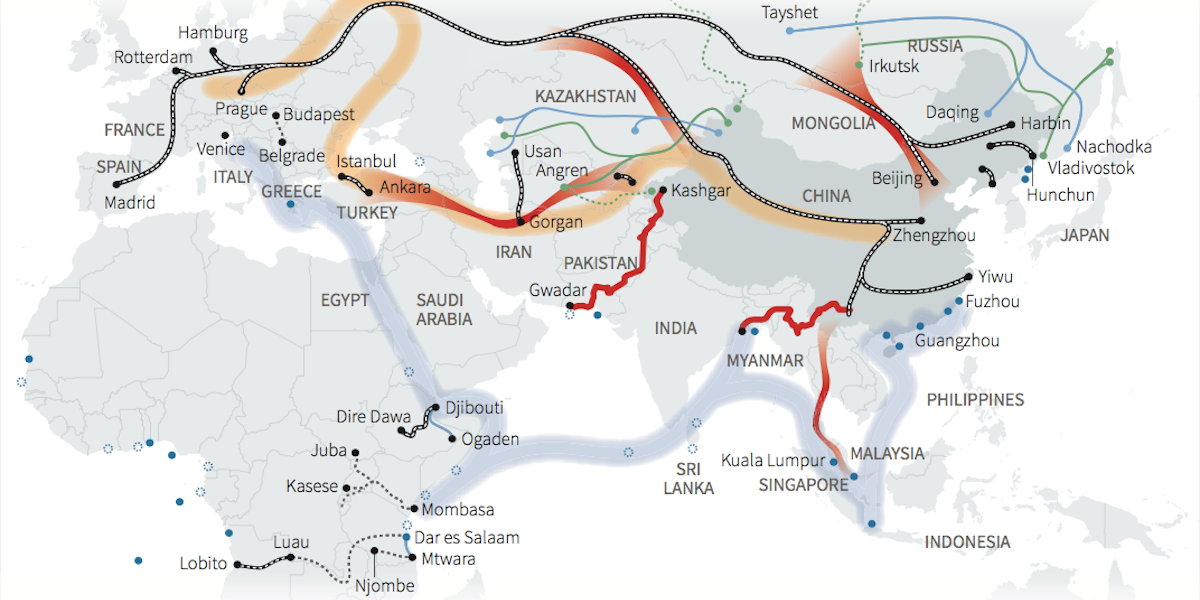- The Belt and Road Initiative is one of China’s most ambitious projects.
- It involves partnering with dozens of countries around the world through trade and infrastructure projects, such as shipping lanes, railroads, and airports.
- Supporters say it’s a way for China to invest in emerging markets and strengthen ties. Critics say this is a way for China to use money to leverage political gains and increase its global power.
- The US is now trying to create a viable alternative to the project by increasing investment in Asia. Whether that will work, though, is not clear.
- Learn more about the mega-project here.
- Visit Business Insider’s homepage for more stories.
China is undertaking what it considers the largest project of the century – linking itself with more than 100 countries across Asia, Africa, Europe, and Oceania through trade.
The main focuses of the Belt and Road Initiative (BRI) – also known as “One Belt, One Road” – are in infrastructure, transportation, and energy. The initiative was first announced in 2013, and is seen to be President Xi Jinping’s pet project.
Most BRI deals involve China lending vast amounts of money to other countries to build new railroads, shipping lanes, and other ventures in those countries. Investment from China alone in the project is estimated to be between $1 trillion and $8 trillion.
Proponents of the BRI say it’s a way for China to invest in emerging markets and strengthen its ties with them. However, the inner workings of the BRI are shrouded in secrecy, and some projects have already been abandoned due to host countries being unable to pay back their loans.
Critics also say that by creating these loans, China is engaging in debt-trap diplomacy - a strategy of extracting political concessions out of a country that owes it money.
Scroll down to learn more about the BRI.
The Belt and Road Initiative is a massive trade and infrastructure project that aims to link China to dozens of economies across Asia, Europe, Africa, and Oceania.
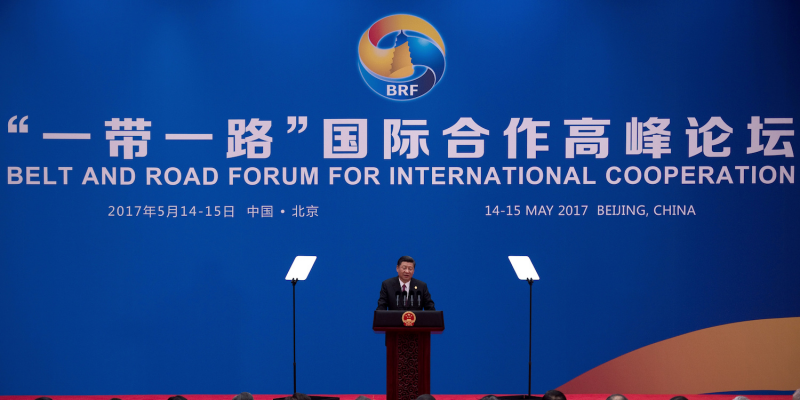
It consists of two parts: the "belt," which recreates an old Silk Road land route, and the "road," which is not actually a road, but a route through various oceans.
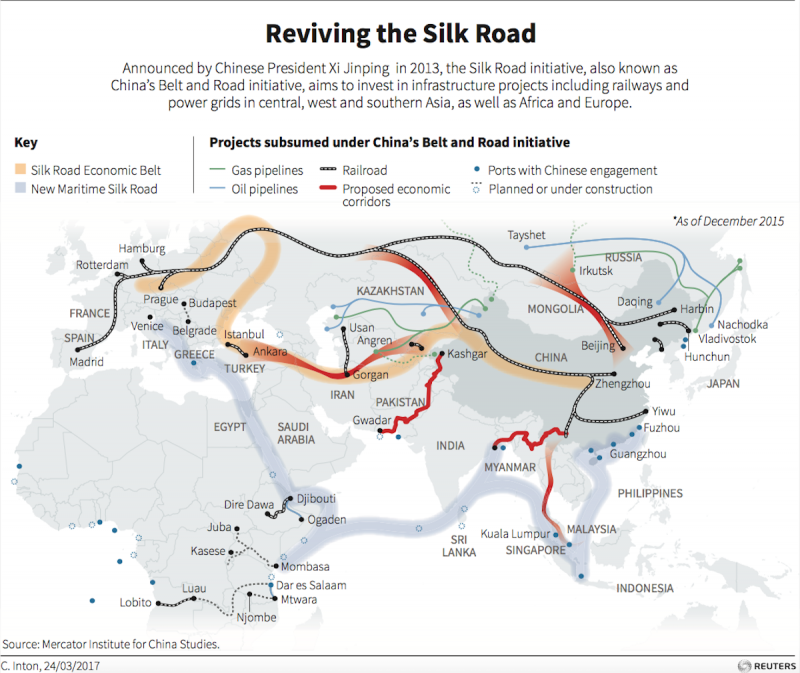
The Silk Road was an ancient land route across Europe and Asia that connected traders and travellers from regions like the China, Persia, and the Roman Empire.
Merchants used to transport silk and other commodities by camel or horse along those roads.
As of November 2019, 138 other countries are part of the project, according to China. They include New Zealand, Russia, Italy, and even Syria.
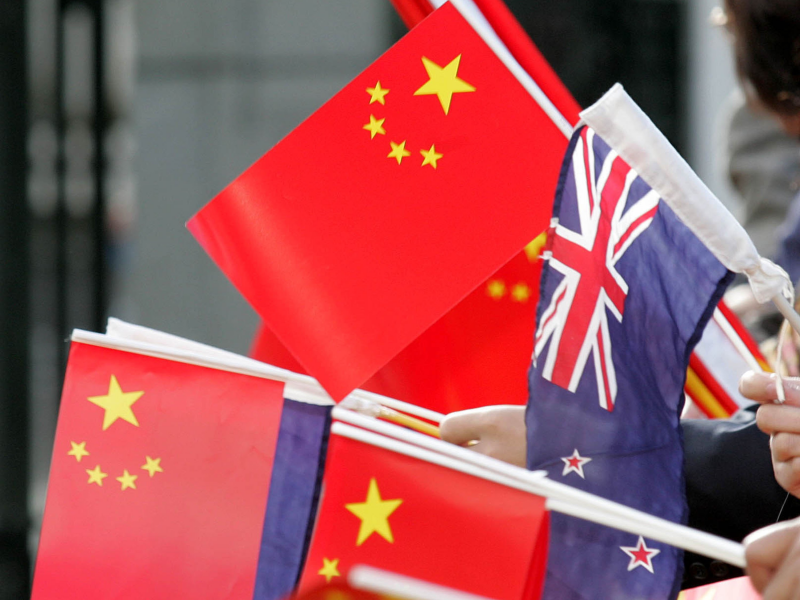
Source: Chinese government
BRI partnerships typically come in the form of joint memoranda of understanding to support future projects. But these contracts are typically shrouded in secrecy, so it's hard to understand how they work.
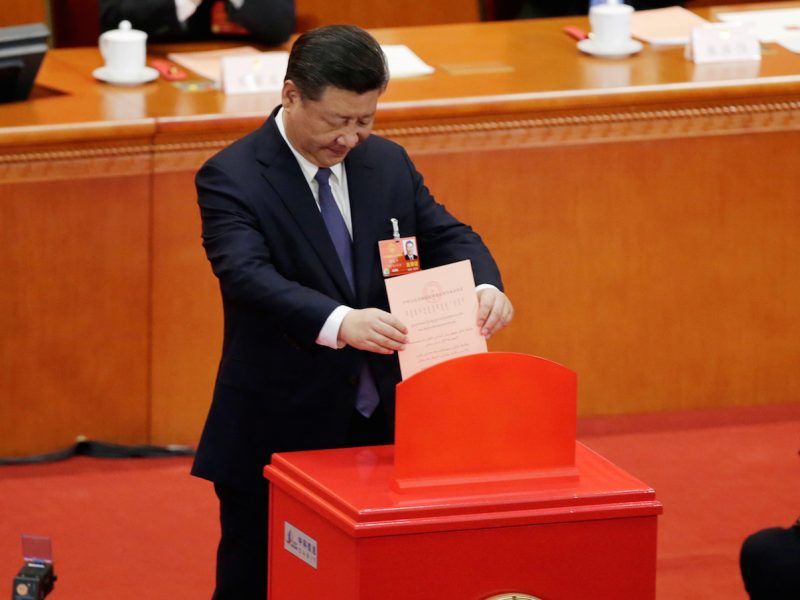
China has invested between $1 trillion and $8 trillion in projects along the Belt and Road, mainly in infrastructure, transport, and energy.
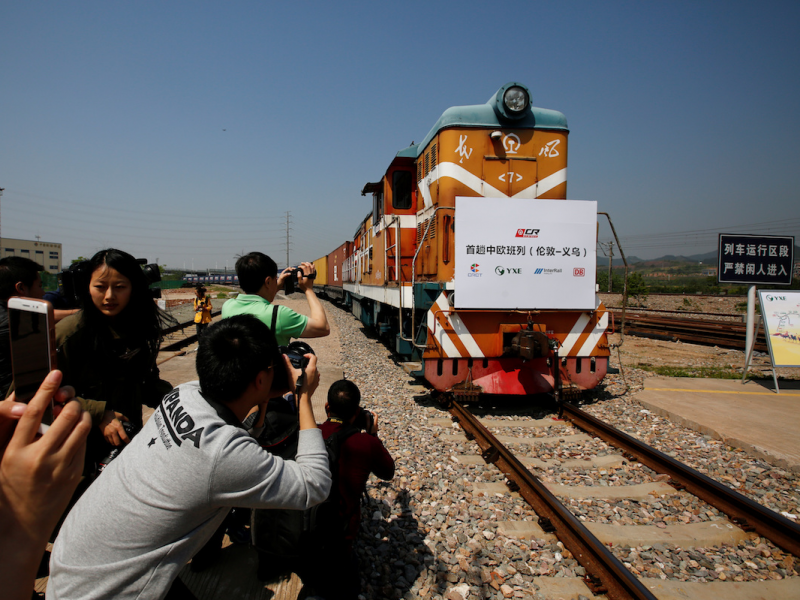
These include gas pipelines in Pakistan; a port in Kazakhstan; and a rail route linking Yiwu, China, to the United Kingdom.
Source: Center for Strategic and International Studies, South China Morning Post
This 2017 photo shows a freight train directly running from Kouvola, Finland, to Xi'an, China. The trip takes 17 days, and is supposed to be faster than sea travel and cheaper than air.
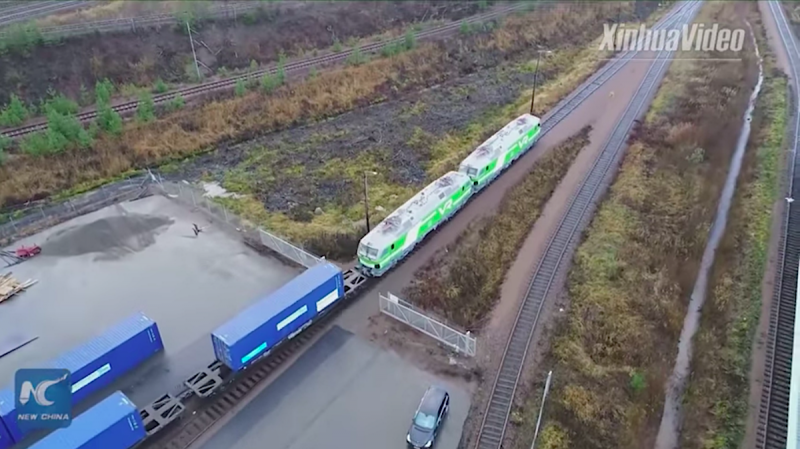
Source: New China TV
Here are workers building a natural gas pipeline linking China and Russia — one of the landmark BRI projects between the two countries.
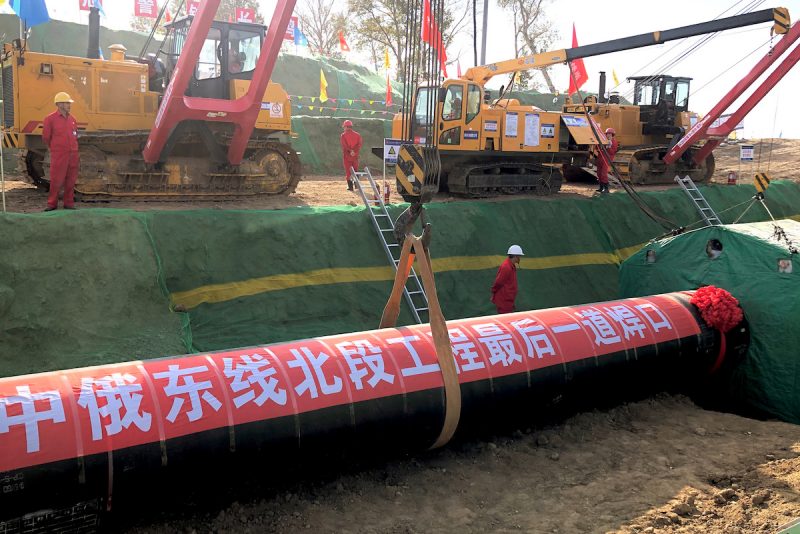
Russian President Vladimir Putin - whom China's President Xi calls his "best and bosom friend" - has propped up China's Belt and Road Initiative in the past.
China's ambitions have even reached the Arctic, with plans to build a "Polar Silk Road" with infrastructure projects and shipping routes between the Arctic and Asia.
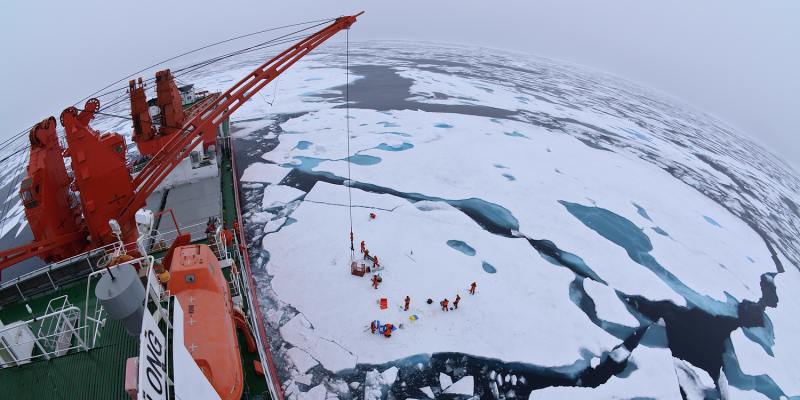
China first announced plans to build the Polar Silk Road in January 2018.
Critics have warned that the building infrastructure projects under the BRI can cause environmental damage and displace people.
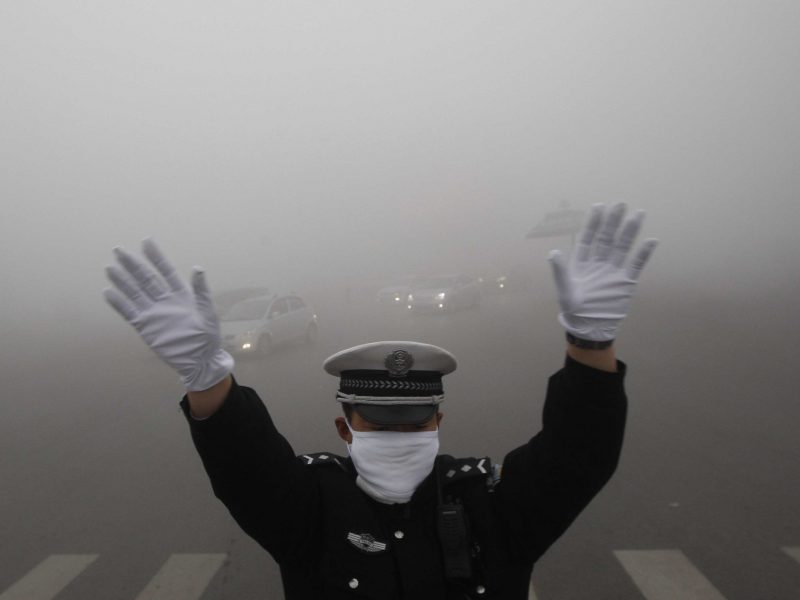
China - which has led action on climate-change policies in recent years- has pledged to build environmentally sustainable BRI projects in the past, but has not given much detail on how it would do so, the Center for Strategic and International Studies said.
Activists and locals have spoken out about the potential environmental damage of various BRI projects.
In 2018, activists in Kenya managed to halt, via judicial order, the construction of a Chinese-financed coal plant because it would destroy the environment and human health.
Environmental groups in Indonesia have also warned that the building of a $1.6 billion dam on Sumatra island could wipe out a species of orangutan, the Financial Times reported.
A villager in Bom Or, Laos, told the Financial Times that Laotian and Chinese officials had visited more than 30 households asking them to make way for a building, without offering them financial compensation or other housing.
Regardless, China is immensely proud of the BRI — it's considered President Xi Jinping's pet project. Experts say that you can just cite it to get government funding for projects.
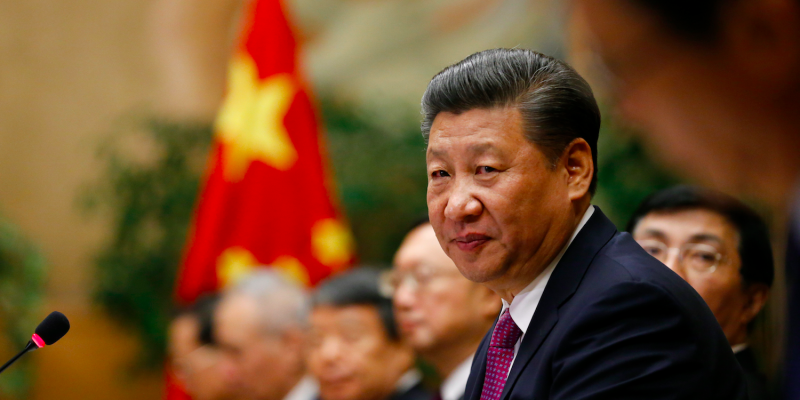
"If you package something and say it's Belt and Road-related, you have a much better chance of getting money from the Chinese government," Stanley Rosen, a China expert and political-science professor at the University of Southern California told Business Insider earlier this year.
Similarly, Charles Parton, a former EU diplomat in China, told the Financial Times in 2017: "If you want to get projects or programmes approved, you say it's OBOR [One Belt, One Road], so everything becomes OBOR."
China is so keen to plug the project that state media outlets have made multiple music videos to promote it.
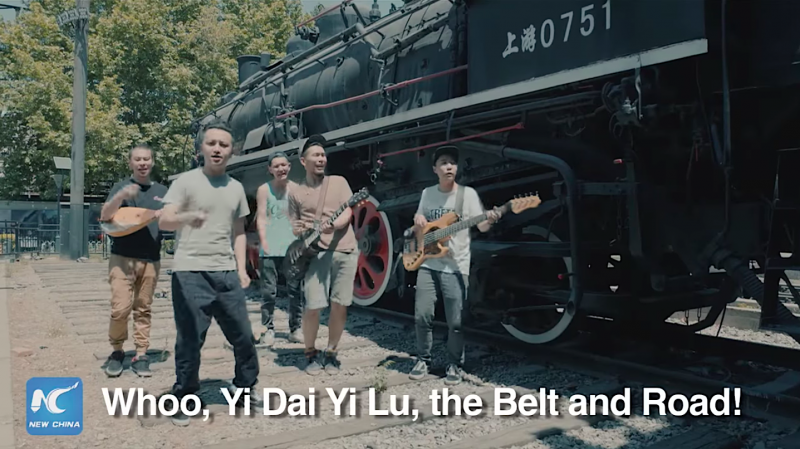
One video published by China Daily, ostensibly aimed at Gen-Z, shows children "from participating nations of The Belt and Road" singing these lyrics:
"The world's we're dreaming of starts with you and me / The future's coming now, the Belt and Road is how."
Source: New China TV
In March 2019 China claimed one of its biggest victories for the BRI by signing a memorandum of understanding with Italy, the 8th-biggest economy in the world.
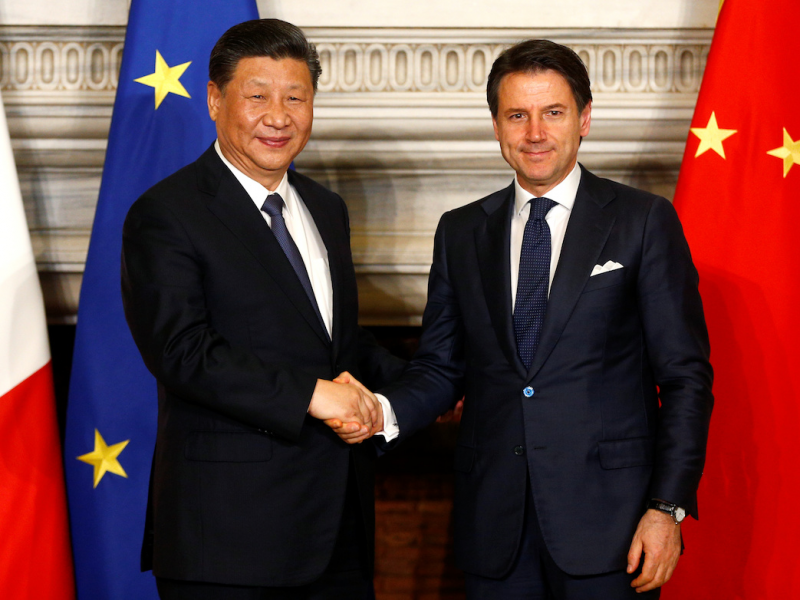
The two countries' MOU, reportedly to support a joint infrastructure project, is non-binding - meaning there will be no legal ramifications for Italy or China if either withdraws from the agreement.
The exact details of what the memorandum aims to achieve are also unclear, further shrouding the BRI in secrecy.
The US isn't a part of BRI, but recognizes and deems it a threat. In November 2019, President Donald Trump's administration announced it will invest and trade more in Asia to counter China's economic power in the region.
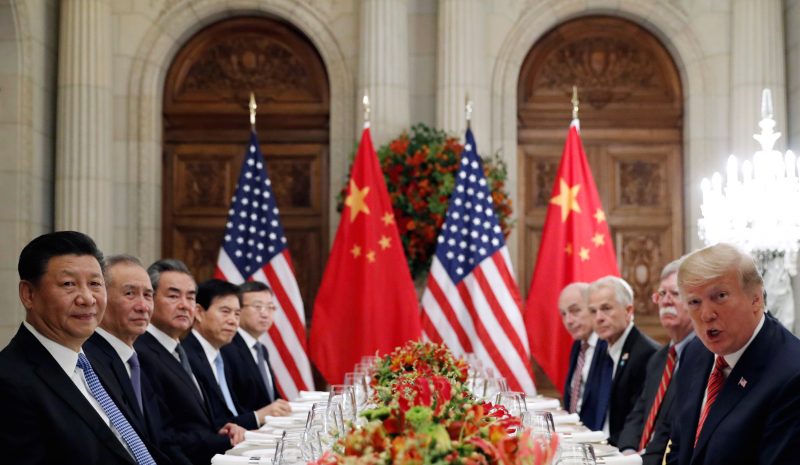
The Trump administration in November launched the "Blue Dot Network," a US-led public-private initiative to increase "financially sustainable infrastructure development" in Asia.
The organization wants to "promote market-driven, transparent, and financially sustainable infrastructure development in the Indo-Pacific region and around the world," it said in a statement.
It appears to be directly targeting countries concerned about the BRI's opacity.
In 2016, China established the Asian Infrastructure Investment Bank, an regional development bank to fund infrastructure — like an Asian version of the IMF. The UK, Germany, and France all joined despite the Obama administration warning its allies not to.
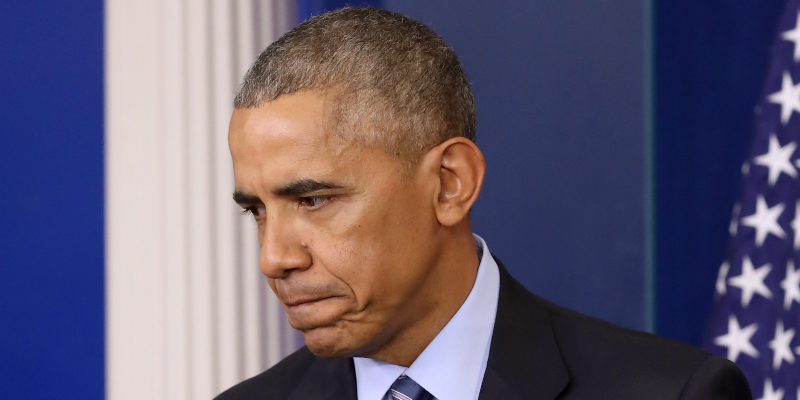
Source: Asian Infrastructure Investment Bank, Business Insider
Though China typically stays out of other countries' politics, the BRI has given it reasons to get involved in some of them. When Turkey invaded northeastern Syria — a BRI partner nation — in October, China told Turkey to stop (and was ignored).
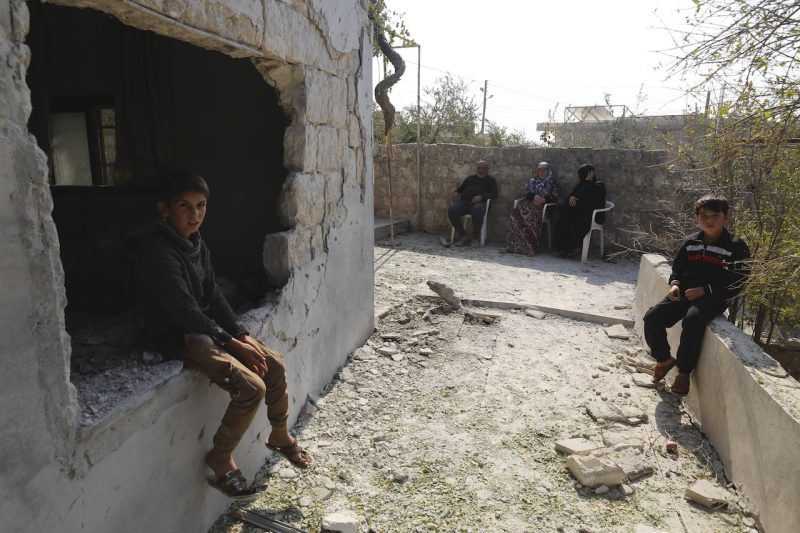
Source: Chinese government, South China Morning Post
The project has also amplified feuds between other countries. India is suspicious of the BRI because of Beijing's plans to build the China-Pakistan Economic Corridor (CPEC).
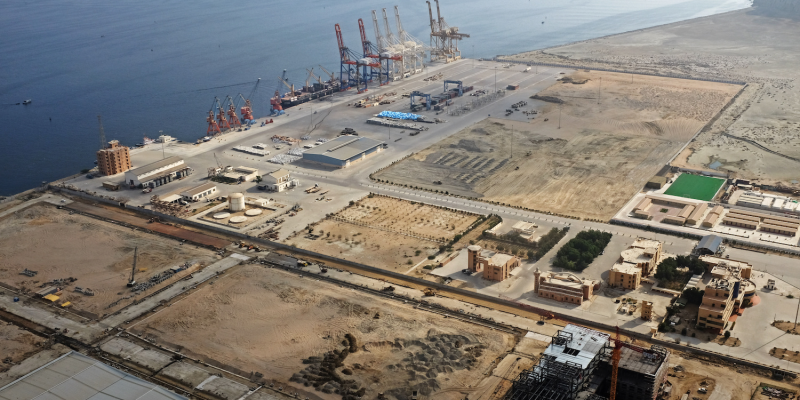
Projects along the CPEC include a coal-fired power plant, schools, and solar energy facilities, according to China's state-run Xinhua news agency.
Tensions between India and Pakistan, meanwhile, reached a height this year when India claimed the disputed region of Kashmir as its own federally-administered territory.
China's backing of Pakistan-based infrastructure projects has also appeared to encourage it to support Beijing in other political issues. Pakistani Prime Minister Imran Khan has routinely ignored criticism of China's abuse against its Muslim minority.
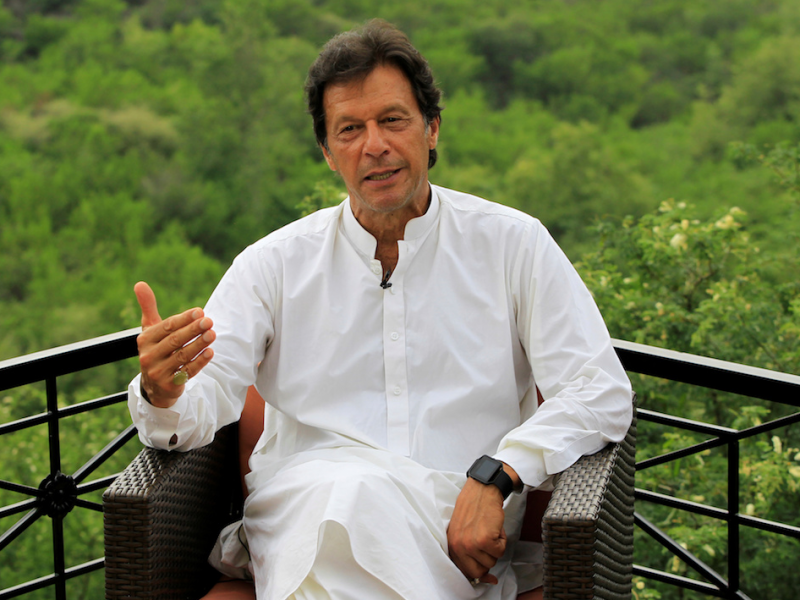
Khan has repeatedly claimed not to know anything about China's oppression of the Uighurs, a mostly-Muslim ethnic minority in its west.
Critics told Business Insider earlier this year that through the BRI, China had bought Pakistan's silence.
It's an example of what critics call Chinese "debt-trap diplomacy" — the strategy of extracting political concessions from a country that owes money. Another example of this can be seen in BRI countries shunning Taiwan.
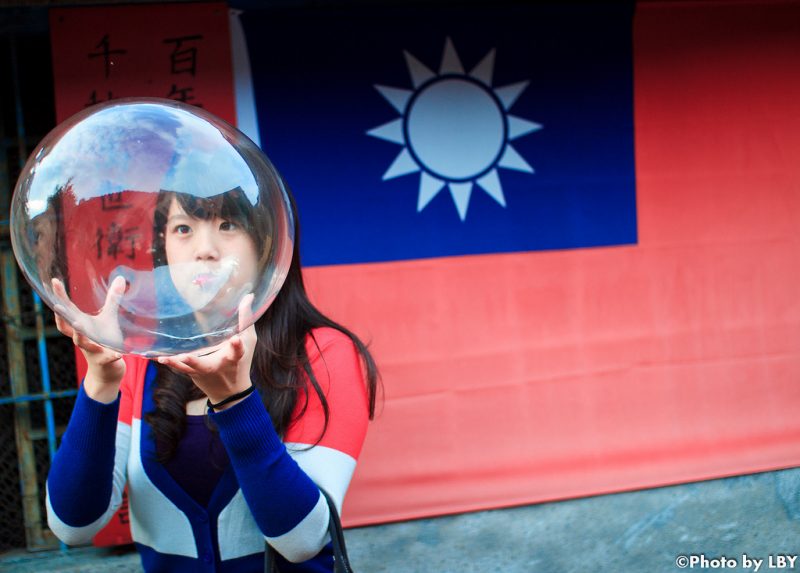
Taiwan has been self-governing for decades, but Beijing continues to call it a Chinese territory. Tensions between the pair have ramped up in recent years because the island nation's incumbent president is particularly critical of China.
A handful of countries, which are also BRI partners, have formally severed ties with Taiwan in recent months, leaving the island nation with just 15 allies left globally - all of whom are relatively impotent on the world stage.
Taiwan's allies include the Pacific island nations of Nauru and Tuvalu, and Eswatini, a southern African nation of 1.4 million people
Many of those countries have also restored or improved ties to China after cutting off Taiwan.
Not everyone agrees with that characterization, though. An Australian think tank found that China's actions in the Pacific do not, at this point, show any sort of debt-trap diplomacy.
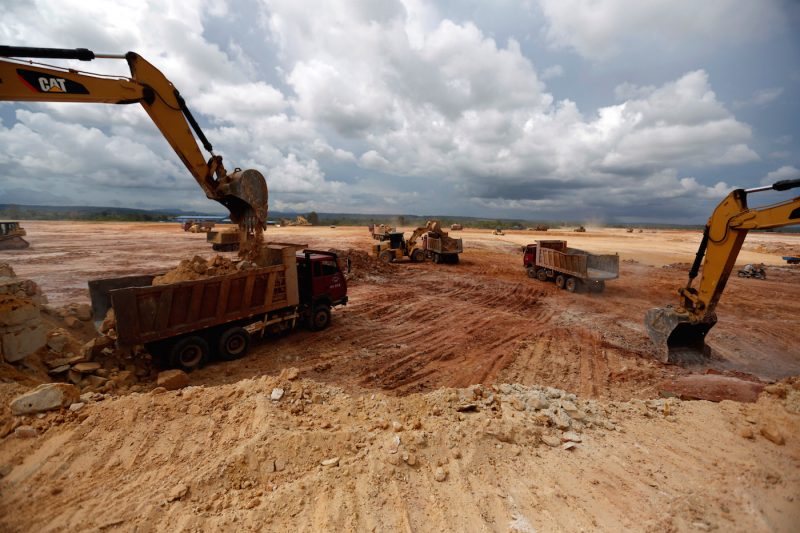
"The evidence suggests China has not been engaged in problematic debt practices in the Pacific as to justify accusations of debt trap diplomacy, at least not to date," the Lowy Institute said in October 2019, according to The Guardian.
The think tank did warn, however, that the "sheer scale of Chinese lending and the lack of strong institutional mechanisms to protect the debt sustainability of borrowing" could still bring risks for the borrowing nations.
One thing is clear: China has poured a lot of money and effort into the BRI, and is unlikely to stop. The US — the only world power strong enough to take on China — will have to step up if it wants to be taken as a serious alternative in Asia.
